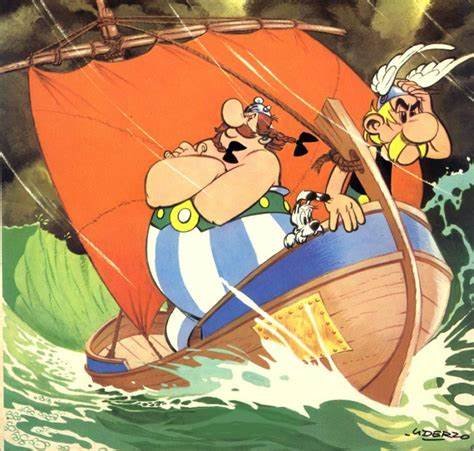The history of political cartoons goes back many centuries, and these cartoons have played a significant role in shaping public opinion. Political cartoons are illustrations that use humor, satire, and symbolism to comment on current events and political issues. In this article, we will explore the history of political cartoons, how they started, and how they have evolved over time.
The Origins of Political Cartoons
The story of the history of political cartoons begins long before modern times. The earliest political cartoons appeared in the 18th century. In Europe, artists began using illustrations to comment on political events and figures. These early cartoons were often drawn by hand and published in newspapers. They were a way for people to understand complex political issues through humor and simple imagery.
One of the first political cartoons is often credited to the English artist James Gillray. In the late 1700s, Gillray created sharp political satire that ridiculed politicians and royalty. His work is considered a significant part of the history of political cartoons because it introduced many of the techniques still used in political cartoons today, such as exaggerated facial expressions and clever symbolism.

The Rise of Political Cartoons in America
As newspapers began to grow in popularity, so did political cartoons. The history of political cartoons in the United States began to take shape in the 19th century. The American cartoonist Thomas Nast is one of the most famous figures in this history. He is known for creating cartoons that criticized corruption and political leaders. Nast’s cartoons were especially influential during the late 1800s, particularly in his fight against the political machine led by William “Boss” Tweed in New York City.
Nast’s work helped to bring awareness to important issues, and his cartoons often shaped the opinions of the American public. For example, he is credited with creating the modern image of Santa Claus and the donkey symbol for the Democratic Party. The history of political cartoons in America took on a new level of influence thanks to Nast’s ability to use humor and satire to make a political point.
The Golden Age of Political Cartoons
The late 19th and early 20th centuries are often considered the “golden age” of political cartoons. During this time, cartoons became a regular feature in newspapers, and they reached a wider audience than ever before. Political cartoons became essential tools for commenting on politics, social issues, and world events.
In addition to Nast, other famous cartoonists such as Herblock and Walt Kelly contributed to the history of political cartoons during this period. Herblock, for example, is well known for his cartoons that criticized the actions of government officials, including President Richard Nixon during the Watergate scandal. The history of political cartoons grew as these artists used their work to challenge authority and promote social change.
Political Cartoons in Modern Times
Today, political cartoons are still a popular way of commenting on politics and social issues. With the rise of digital media, political cartoons have found new platforms, such as social media, online newspapers, and blogs. The internet has made it easier for cartoonists to reach a global audience and for people to share cartoons with their friends and family.
The style of political cartoons has also evolved. While traditional cartoons were hand-drawn, many modern cartoons are created digitally using computer software. However, the core message remains the same—using humor and visual imagery to convey political commentary. The history of political cartoons continues to evolve with the times, but the purpose of these cartoons has not changed. They still aim to make people think critically about the world around them.
The Impact of Political Cartoons
Throughout history, political cartoons have had a powerful impact on society. The history of political cartoons shows that these works can influence public opinion and even affect political outcomes. Cartoons often help to simplify complex issues and make them more accessible to a wider audience. They can also challenge political leaders and institutions, encouraging citizens to question authority and take action.
One example of the power of political cartoons can be seen in the response to the Civil Rights Movement in the United States. During the 1960s, many political cartoons addressed the struggles faced by African Americans. These cartoons helped to bring attention to the fight for equal rights and gave voice to those advocating for change.
Conclusion
The history of political cartoons shows how these illustrations have shaped public opinion and influenced political discourse over the centuries. From their beginnings in the 18th century to their modern-day digital presence, political cartoons have evolved while maintaining their core purpose of using humor and satire to comment on political and social issues. Today, political cartoons continue to play an important role in how we understand and engage with the world around us. They remind us that art, humor, and politics can work together to make an impact.











